STANLEY takes the catbird’s seat as a global maker of hand tools, power appliances, and related accessories. Unveiled in 1843, STANLEY clawed its way to the top at the peak of the industrial revolution arming technicians and other experts with innovative, sturdy, and hands-on tools.
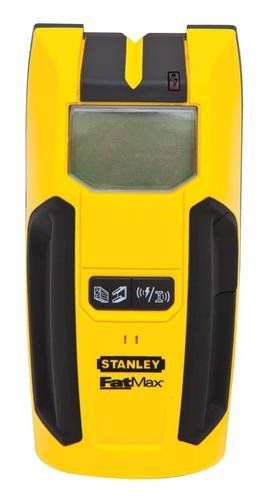
Once it homes in the center of the stud in one pass along the surface, it illuminates and beeps an audible bleep. You can tweak the METAL SCAN, AC TRACKING, Depth Detection or STUD mode for a pinpoint-accuracy.
Stanley FatMax Stud Sensor 300 Review | 5 Major Features
1. Multi-Scanning Tool
You can detect wood or metal studs nestled up to 3” of a wall. Select the METAL SCAN Mode, AC TRACKING Mode, Depth Detection Mode, and STUD Mode for more precise results. To detect wood or metal studs, hold it against the surface firmly to probe to a depth of 1-1/2 “through drywall.
2. Modern LCD Display Screen
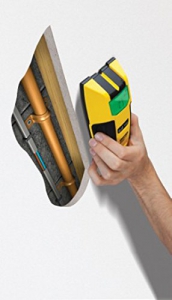 Stanley FatMax 300 LCD helps you draw a bead on targets and have them cornered in their exact locations. The screen shows you once the self-calibration completes, low battery and the stud location graphic. Replace with a new 9V battery if the “Low Battery” alert pops up on the LCD.
Stanley FatMax 300 LCD helps you draw a bead on targets and have them cornered in their exact locations. The screen shows you once the self-calibration completes, low battery and the stud location graphic. Replace with a new 9V battery if the “Low Battery” alert pops up on the LCD.
When you detect a stud’s center, the “Center” icon will surface on the screen, and an audible tone beeps. The unit indicates once a calibration completes and a “Ready” indicator will come into sight on the LCD. It runs at full tilt with sequential LEDs, and audible beeps show reading and backlit LCD screen prevents downtimes in low-light conditions.
3. Auto-Calibrating Unit
The unit comes with factory-set high-sensitivity strength for stud detection. Detection powered with automatic calibration allows straightforward and precise detection in multi-mode scanning. The ability to self-calibrate renders fast and ultra-accurate results.
It improves the accuracy of the readings for the stud center and edge detection. Automatic calibration helps in detecting studs accurately with the audibly-supported signal probe. The finder self-calibrates once you start detecting with a sound and continues until you return to the stud’s location.
4. Simple Operability
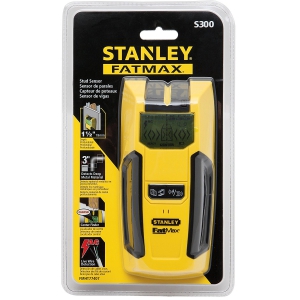 To detect wood or metal studs, place the unit flat against the wall, making firm contact. Push in and hold the activation button, a sequence of tones will sound. When the unit completes calibration, the “Ready” bar pops up on the LCD. Hold on the activation button, if all segments of the LCD flash ON and OFF, move it to a different site and probe again.
To detect wood or metal studs, place the unit flat against the wall, making firm contact. Push in and hold the activation button, a sequence of tones will sound. When the unit completes calibration, the “Ready” bar pops up on the LCD. Hold on the activation button, if all segments of the LCD flash ON and OFF, move it to a different site and probe again.
Slide the unit across the plane in a straight line. As it detects a stud, the unit will show the relative location of the stud on the screen. It illuminates a “Center” icon on the LCD with audible beeps. Use the marking channel well-situated atop to mark the stud’s center for improved accuracy.
5. Applications & Wall Surfaces
STANLEY fashioned a hand tool for a variety of applications-including overhead lighting, paneling, kitchen installation, bathroom installation, shelving, cabinets, and interior decorating. It will render best results interior surface probing.
Doors and windows feature extra studs and headers for improved stability. The Stanley S300 senses the edge of the double studs and solid headers as a single, broad stud. The Stud Sensor 300 will scan through conventional building materials, viz. gypsum drywall, plywood sheathing, hardwood floors, Linoleum over wood, and wallpaper.
The sensor cannot browse through carpeting, foil-faced materials, ceramic tile, cement or concrete, metal and plaster walls. It does not exhibit any difference when screening surfaces lined with wallpaper or fabric.
Check The Latest Price on Amazon, Now!
Why should you use Stanley FatMax Stud Sensor 300?
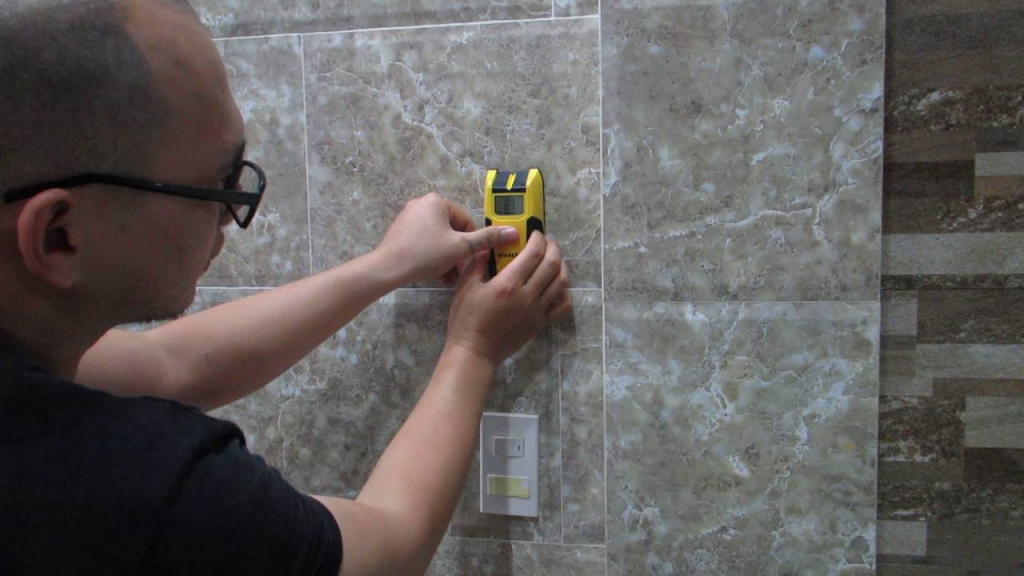
1. Audiovisual Alerts
A chain of LEDs and audible sounds indicate reading for stud center, auto-calibration, and Livewire warnings. LED-powered marking channel pinpoints target and makes highlighting surfaces a piece of cake and pinpoint-accurate.
2. Depth Range
It scans wood or metal studs up to a depth of 1-1/2” and live AC wires up to 2”. The META SCAN mode probes up to 3”. Depress the AC/METAL button once and its projected on the LCD as Metal Scan.
3. Automatic Sensitivity Selection
The unit beeps and the detection will automatically self-adjust to the best level for the surface and stud materials identified during the first pass. It helps you range in the stud center and edge with scalpel-like precision.
4. Detects Live AC wiring
The “live” wire red LED will illuminate, the “AC” icon will pop up on the LCD, and the unit will beep when in its proximity. The AC TRACKING Mode senses live wire and illuminate the relative intensity of its location.
5. Multi-Scanner
The Stanley FatMax Stud Sensor 300 provides a multi-target screening for metal and wood studs, AC and Scan modes for highly accurate readings. You can pinpoint ferrous or non-ferrous metals like copper with the deep metal mode penetrating up to 3”. It will do the job with one pass center technology to home in stud midpoints.
- Sequential LEDs and marking channel locates target for accurate and hassle-free readings
- Audible beeps and auto-calibration for smooth operation
- Backlit LCD keeps the sensor’s functionality in low light conditions at full pelt
- Live AC detection up to 2” deep and metal scanning up to 1-1/2” beneath the material’s surface
- Soft ergonomic grip and durable, break-resistant construction
- Deep metal mode detects metal through up to 3” of surface
- Single-pass center-finding technology to pinpoint stud midpoints with accuracy
- Auto-calibration helps user to re-scan and identify an omitted stud
- The thickness, density or moisture composition of the wall’s seam will affect detection strength
FAQ – Frequently Asked Questions
- Does the Stanley FatMax Stud Sensor 300 work when adequately calibrated?
Calibrate in line with the manufacturer’s instructions for better precision.
- Does it come with a battery?
No, the 9-volt battery is not included.
- What surfaces will it perform poorly or render no results at all?
Avoid carpet, foil-faced, ceramic or plaster walls.
- Does it have an operating temperature as I live in the cold north?
Yes, +32°F to +120°F (-0°C to +49°C).
- Do static electrical charges in the drywall sprawl out across the detection range?
Static electrical charges develop on most surfaces and spread the voltage detection area. Scan holding the appliance 1/2 “away from the wall or put your other hand on the surface roughly 12” from the sensor.
Final Verdict
Stanley FatMax Stud Sensor 300 Review puts forward a safe and pinpoint-accurate technique to identify studs and live AC wiring in the rear. Without a stud and AC wire sensor, you have a lick of work to home onto targets which may turn out as baleful as death.
Rather than risk a brush with death from electrocution, stud sensors make the danger-fraught task a breeze and riskless. LCD backlit LCD pinpoints the center of a stud, AC “live” wiring and recalibrates if you bypass a target. Once you locate the center of a stud, joist and live AC wiring, a visual display and audible sounds aid in scanning.,/div>

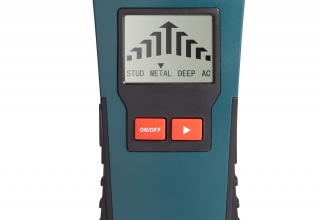
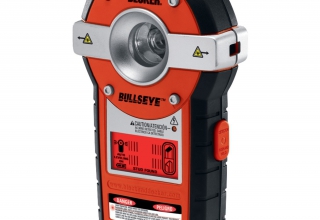
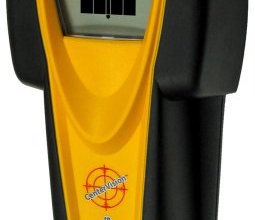
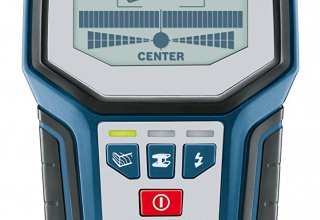
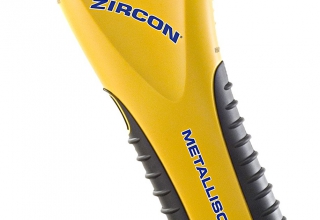
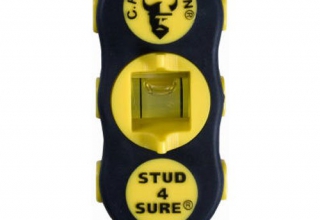










Leave a Reply